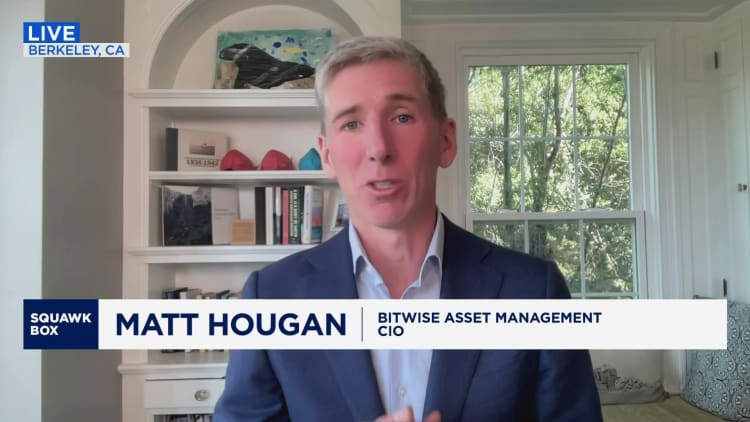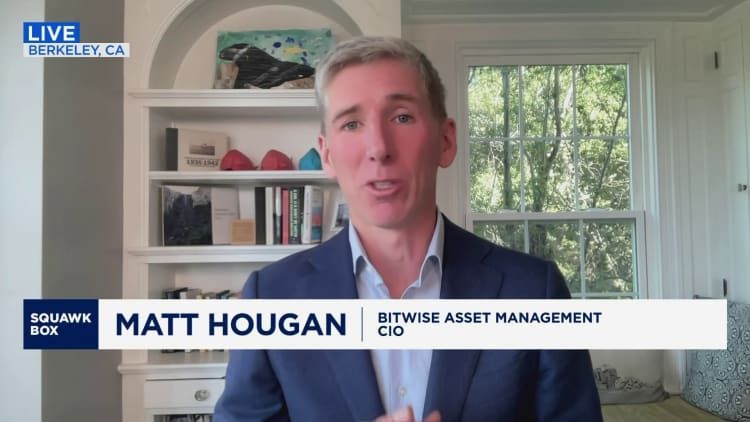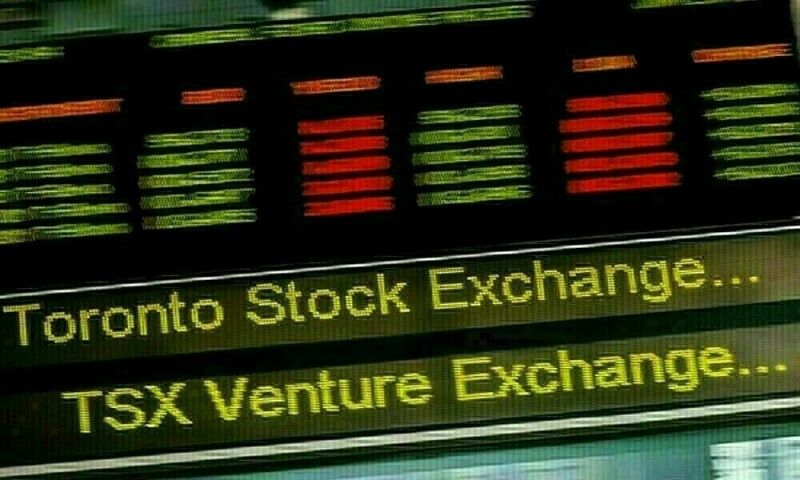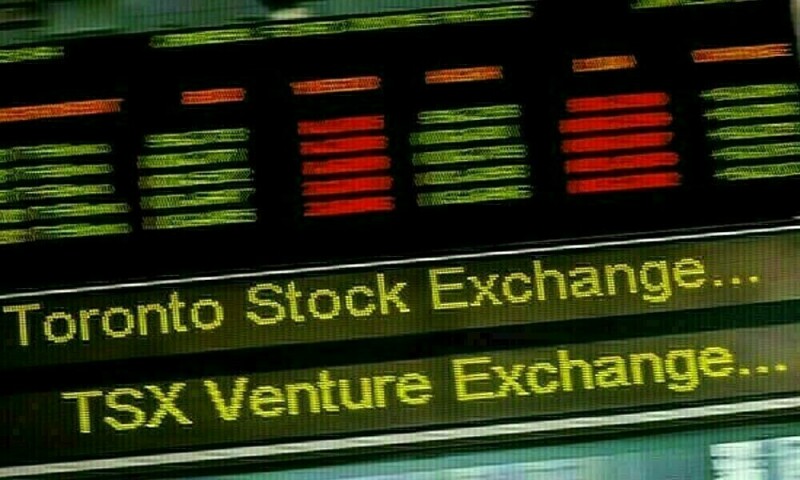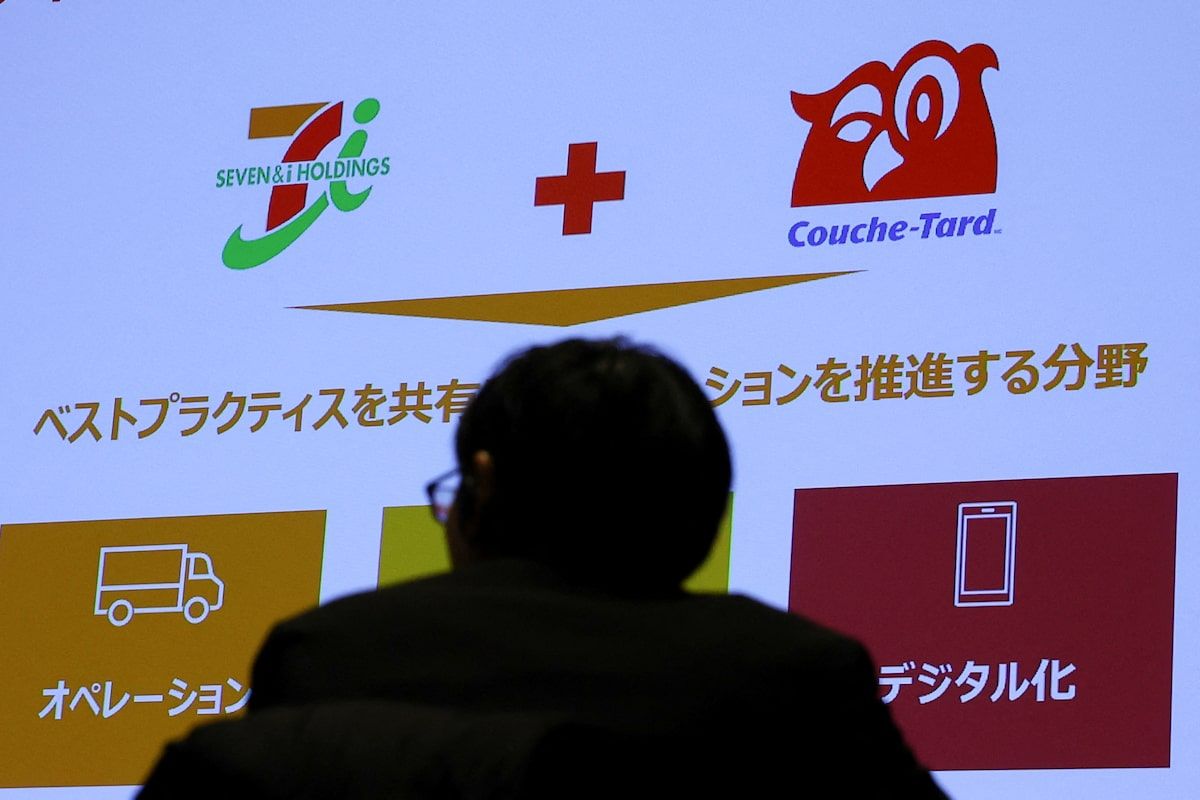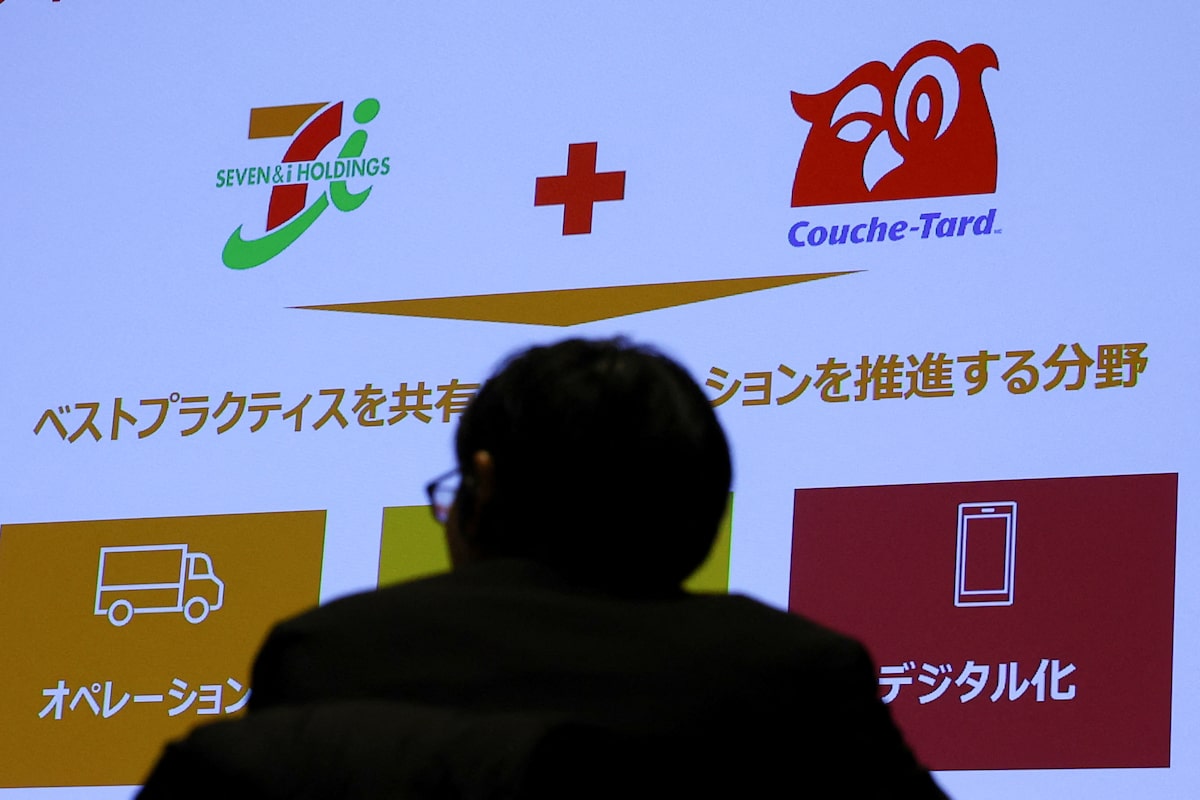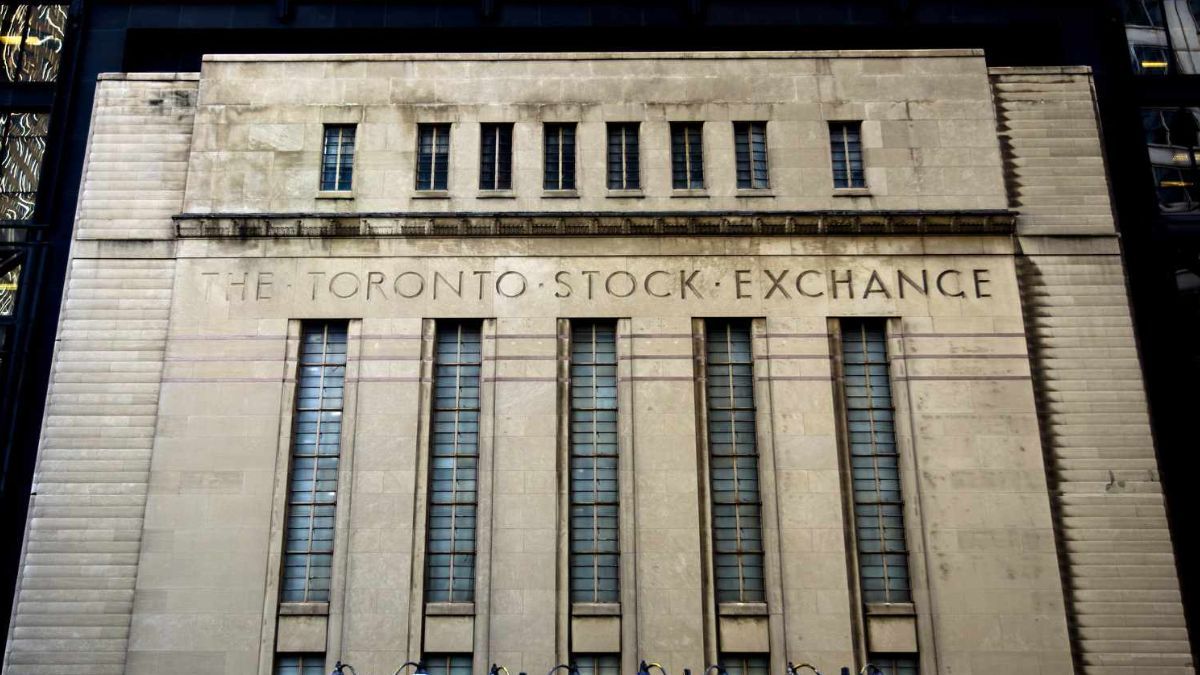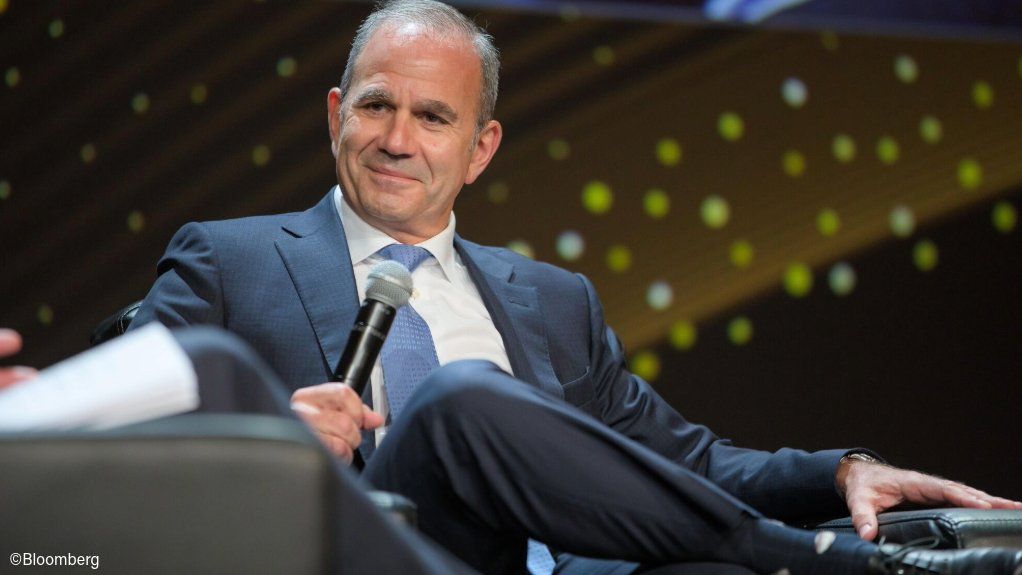It was your column that got me on the road to proper investing. I duplicated many of your selections, but over the years bought different ones and dropped some of your originals. Still, my holdings mirror in many respects what you set out to accomplish. Thank you! I did, however, drop Canadian Utilities Ltd. (CU) years ago. It is a great payer of steady dividends, but the price has gone nowhere. There are many others in your selections that have good dividends and growth. Why do you hang on to it?
You don’t need to remind me that Canadian Utilities’ returns have been underwhelming. Since I launched my model Yield Hog Dividend Growth Portfolio on Oct. 1, 2017, shares have posted a total annualized return, including dividends, of about 4.9 per cent. That’s less than half of the S&P/TSX Composite Index’s annualized total return of about 10.5 per cent over the same period.
Why didn’t I sell? A few reasons.
First, at the risk of stating the obvious, I didn’t know Canadian Utilities CU-T returns would be so meagre. When I buy or sell a stock, I do so based on expectations about the future, not on past performance. I don’t get it right every time, as you’ve keenly observed.
Second, Canadian Utilities accounts for just 2 per cent of my model portfolio, making it one of my smallest positions. That probably contributed to my inertia with the stock.
Third, and on a more positive note, even as the share price has gone sideways, the Calgary-based owner of electric and gas utilities has continued to raise its dividend annually, which is the principal criterion for inclusion in my model portfolio.
The latest hike, in January, was the 53rd consecutive annual increase for the company. Granted, annual dividend growth has slowed to about 1 per cent over the past few years, but I’ll take that over a dividend that doesn’t grow at all or, worse, gets cut.
So, it was a combination of hope, sloth and (slowly) growing income that convinced me to hang on. But – this part may surprise you – I’m glad I did.
As boring as Canadian Utilities’ long-term performance has been, the stock’s returns over the past couple of years have actually been kind of exciting. Since bottoming in early October, 2023, the shares have posted an annualized total return of about 23.8 per cent. The rebound was driven, in part, by falling interest rates, which helped the stock recoup most of the ground it lost when interest rates and inflation were surging.
There’s a lesson here: If you sell a company based solely on its sluggish share price history, you might regret it. I certainly would have been kicking myself if I’d gotten out before the rebound.
However, that’s all in the past. What about the future?
Well, analysts aren’t exactly pounding the table to buy the stock. Of the seven analysts who follow the company, six have hold ratings and just one has a buy recommendation, according to LSEG Data & Analytics data. The average one-year price target is $40.14. On Friday, the stock closed at $38.37 on the Toronto Stock Exchange.
Yet one reason to like Canadian Utilities is that the vast majority of its earnings come from regulated gas and electric utilities. This contributes to relatively predictable cash flows and low earnings volatility. Moreover, its cash flows are poised to grow thanks to regulated investments such as the proposed $2.8-billion Yellowhead Mainline natural gas pipeline in Alberta, which could begin construction as early as mid-2026 and start operations in late 2027, assuming all of the required approvals are obtained.
Indeed, Canadian Utilities is hardly standing still. In its regulated operations alone, it plans to invest about $6-billion over the next three years, which it expects will drive compound annual growth of 5.4 per cent in its rate base – the value of assets on which a utility can earn a regulated return. The growing rate base, in turn, should lead to higher earnings, which could be further augmented by non-regulated growth projects.
“Beyond CU’s low-risk regulated utility growth in Alberta, we continue to see the potential for further earnings growth via its ATCO Heartland Hydrogen Hub (AH3) and its power generation platform,” Maurice Choy, an analyst with RBC Dominion Securities, said in a note following the release of Canadian Utilities’ first-quarter results in May.
Many of Canadian Utilities’ projects are years away from contributing to its bottom line. In the meantime, the company’s dividend – which currently yields about 4.8 per cent – appears to be very secure, reflecting an estimated 2025 payout ratio of about 76 per cent of earnings. What’s more, the stock trades at a modest multiple of about 16 times its estimated 2025 earnings, providing another layer of safety. That compares with a price-to-earnings multiple of about 19 for fellow regulated utilities Fortis Inc. (FTS) and a P/E of about 18.5 for Emera Inc. (EMA)
Based on all of the above, I’m planning to continue holding Canadian Utilities, which I also own personally. It might not make me rich, but it’s not the kind of stock that will blow a hole in my portfolio, either.
E-mail your questions to jheinzl@globeandmail.com. I’m not able to respond personally to e-mails but I choose certain questions to answer in my column.
